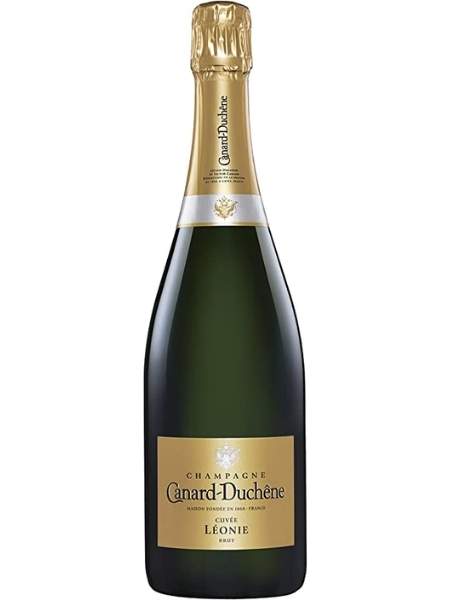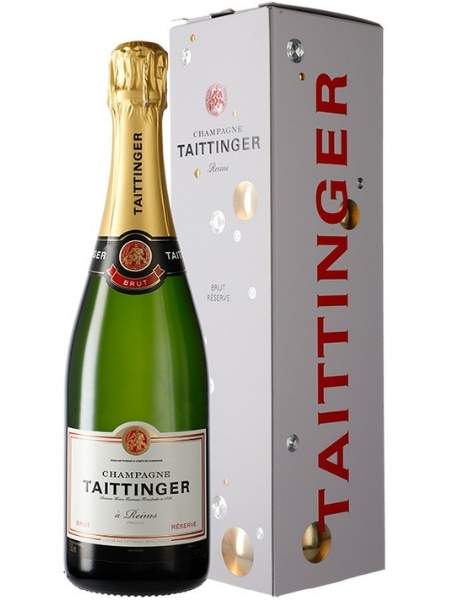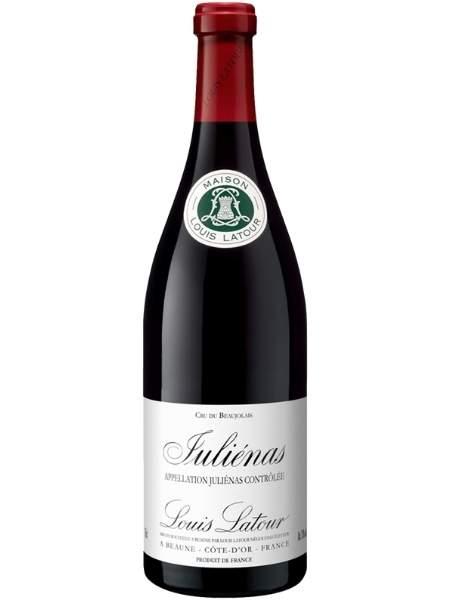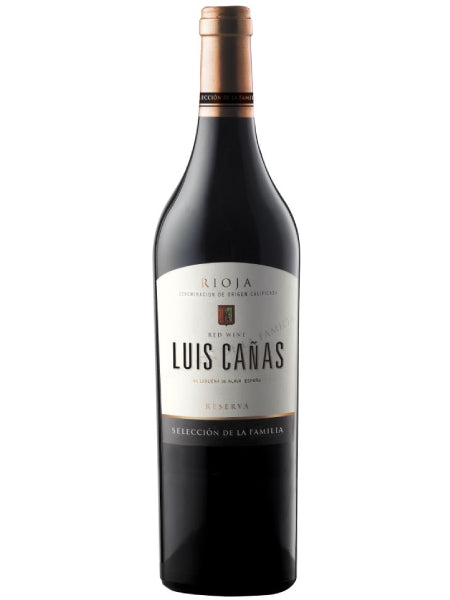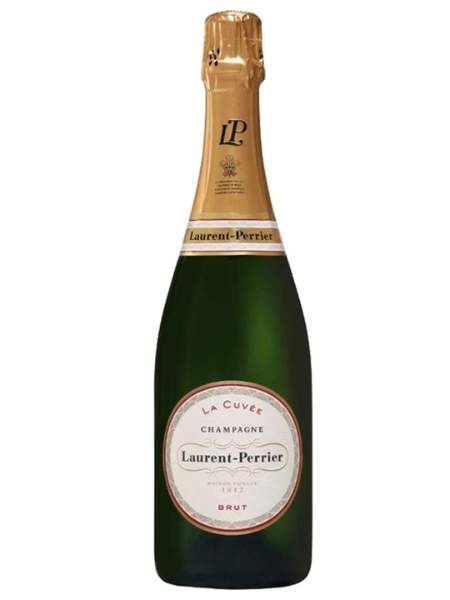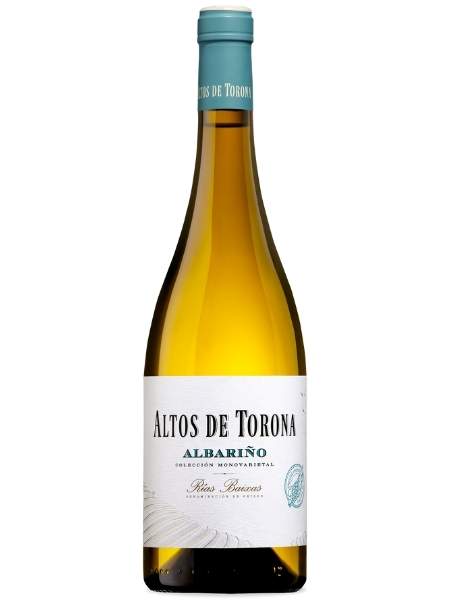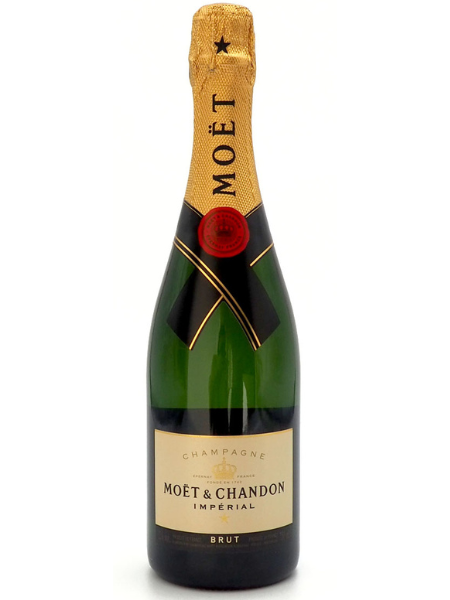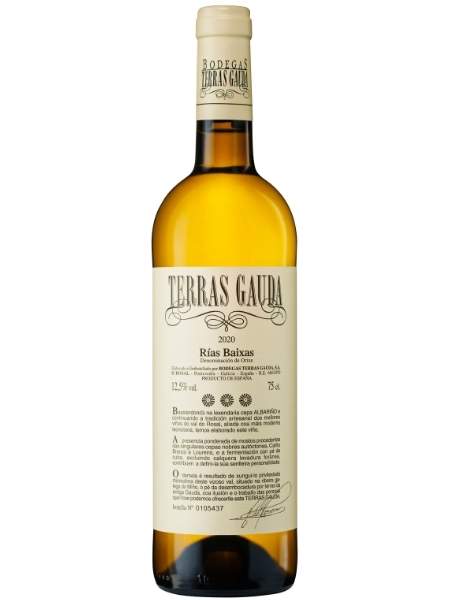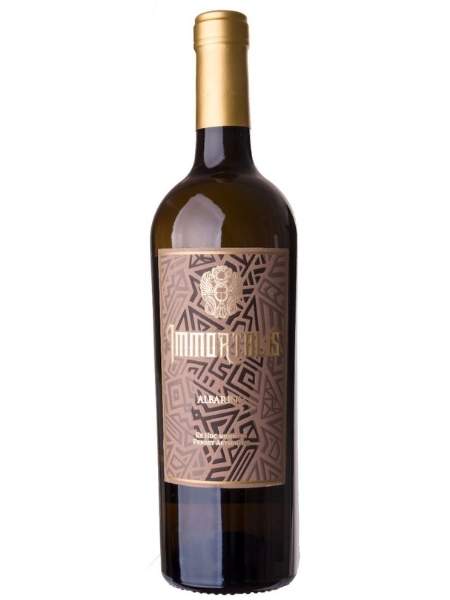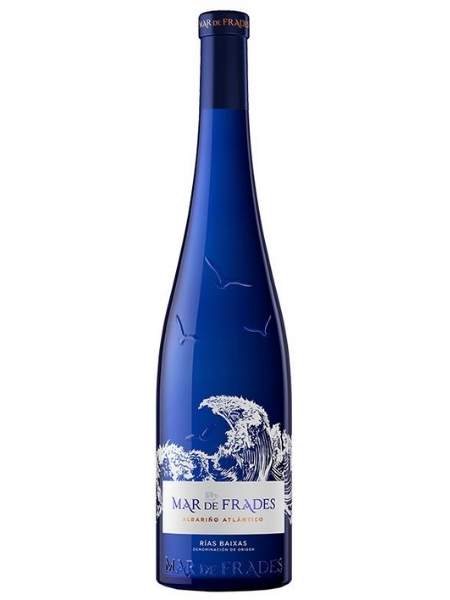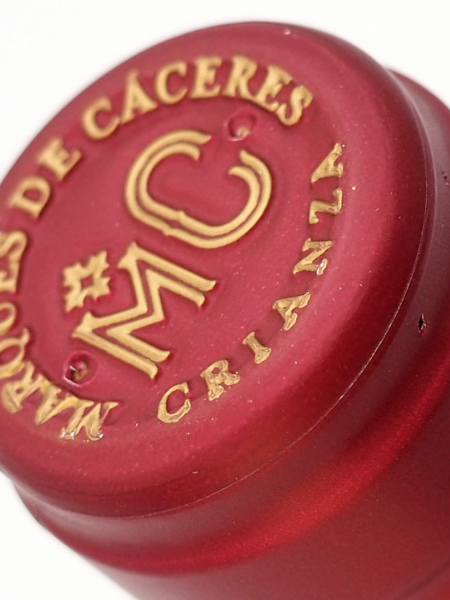
Where Does Tea Come From?

Tea, a comforting and invigorating beverage enjoyed by millions around the world, has a rich history and a remarkable journey from its origins to your cup. In this blog, we will delve into the intriguing world of tea, answering questions like "Where does tea come from?" and exploring the various facets of this beloved brew.
Where Tea Comes From
Tea, that aromatic elixir, originates from the leaves of the Camellia sinensis plant. These leaves undergo a fascinating process to become the tea we know and love. Let's embark on a journey to discover where tea truly comes from.
The Birthplace: China
Tea has its roots in ancient China, where it was cultivated over 5,000 years ago. The legend goes that Emperor Shen Nong discovered tea when tea leaves blew into a pot of boiling water he was preparing. From there, the art of tea cultivation and preparation began to spread across Asia and beyond.
From Leaf to Cup: The Manufacturing Process
Plucking
Tea leaves are meticulously plucked from the Camellia sinensis plant. The quality of tea often depends on the timing and technique of plucking. The youngest leaves and buds are highly prized for their flavor.
Withering
After plucking, the leaves undergo a withering process, where they are spread out to lose moisture. This crucial step prepares the leaves for further processing.
Rolling
The withered leaves are gently rolled to shape them. This step can vary depending on the type of tea being produced, whether it's black, green, white, or oolong tea.
Oxidation
Oxidation, or fermentation, is a critical stage for many types of tea. This process is carefully controlled to achieve the desired flavor profile.
Drying
The tea leaves are dried to remove any remaining moisture. This helps preserve the tea and ensures it remains in peak condition.
Types of Tea and Their Origins
Now that we've traced the journey of tea from plant to cup, let's explore the various types of tea and where they come from:
1. Green Tea
Origin: China, particularly in regions like Zhejiang and Fujian. It's also produced in Japan and other countries.
2. Black Tea
Origin: China's Yunnan province, India, Sri Lanka (Ceylon), and Africa. Assam in India is renowned for its black tea.
3. White Tea
Origin: China's Fujian province, where the famous Silver Needle white tea is produced.
4. Oolong Tea
Origin: China's Fujian and Guangdong provinces. Taiwan is also known for its high-quality oolong teas.
5. Herbal Tea
Origin: Herbal teas are not technically tea as they do not come from Camellia sinensis. Instead, they are made from various herbs, flowers, and fruits.
6. Indian Tea
Origin: India is one of the largest tea producers globally, with regions like Assam, Darjeeling, and Nilgiri known for their unique teas. Assam tea, in particular, is famous for its bold and robust flavor.
FAQs
Is all tea made from the same plant?
No, not all tea comes from the same plant. True tea, which includes green, black, white, and oolong teas, is derived from the Camellia sinensis plant. Herbal teas, on the other hand, are made from various other herbs and plants.
What is the most famous type of tea?
The most famous type of tea is arguably black tea, known for its robust flavor and versatility. Varieties like Assam, Darjeeling, and Earl Grey have garnered worldwide acclaim.
Does the region affect tea flavor?
Yes, the region where tea is grown has a significant impact on its flavor. Factors like climate, soil, and altitude all influence the taste of the tea. This is why teas from different regions have distinct flavor profiles.
Is tea healthy?
Tea is known for its health benefits. It contains antioxidants and can potentially aid in weight management, improve heart health, and boost mental alertness. However, it's essential to consume it in moderation.
What is the best way to brew tea?
The ideal way to brew tea depends on the type. In general, using freshly boiled water and steeping for the recommended time is key. For specific instructions, refer to the packaging of your tea.
Can I grow my own tea?
Yes, you can grow tea at home if you have the right climate and conditions. Camellia sinensis plants can thrive in certain regions, and growing your own tea can be a rewarding experience.
Conclusion
As we've journeyed from the origins of tea in ancient China to the diverse world of tea types and flavors, it's evident that tea is more than just a beverage—it's a cultural treasure with a global following. Whether you prefer the boldness of black tea, the subtlety of green tea, or the unique flavors of Indian tea, the journey of where tea comes from adds a layer of appreciation to every sip. So, the next time you savor a cup of your favorite brew, remember the rich history and intricate process that brought it to you. Discover our tea collection in our online store!








